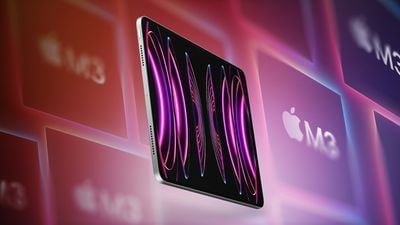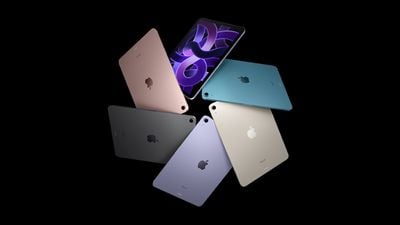Hardware prototyping consultant Ken Pillonel's latest project switches the AirPods Max's Lightning port for USB-C as part of his ongoing efforts to highlight repairability and sustainability issues in consumer electronics.
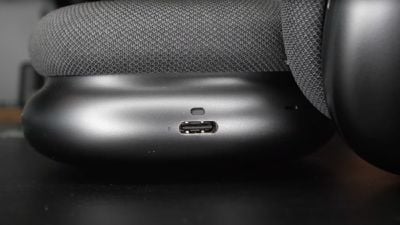
The project comes as a response to discontent among some users regarding the premium headphones' continued reliance on the Lightning port for charging while most other Apple devices have made the switch to USB-C, as well as rumors that the second-generation version of the device will finally make the transition. It also serves as a viable fix for damaged AirPods Max Lightning ports, which are costly to replace.
Pillonel created a custom replacement part to allow any technically proficient AirPods Max users to upgrade their headphones to USB-C themselves. The endeavor involved intricate design and manufacturing processes, including the development of an open-source USB-C conversion circuit and a custom printed circuit board that fits perfectly without the need to drill or damaging any of the original components.
The replacement part is designed to sit atop the existing board, meticulously avoiding contact with any other components. The design also addresses potential durability concerns with a flexible section that mitigates stress on the connector, enhancing the kit's longevity.
Pillonel explored the possibility of enabling audio pass-through via the USB-C port but ultimately decided against it due to the prohibitive cost and complexity of integrating Apple's proprietary technology. The conversion kit, along with detailed instructions, is available for purchase via Pillonel's online shop.
The second-generation AirPods Max are rumored to launch in late 2024, with the main upgrade being a USB-C port in place of Lightning. No other significant changes are expected, meaning that the headphones will likely miss out on features including the H2 chip and Adaptive Audio, but there might be some new color options.




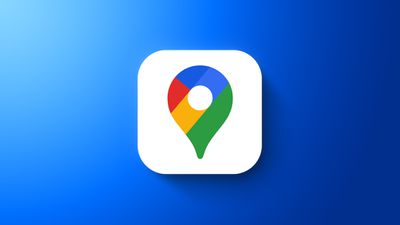
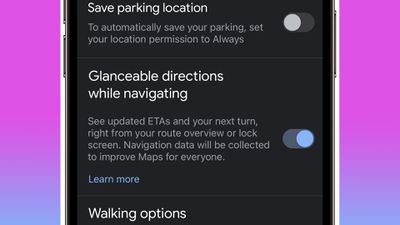
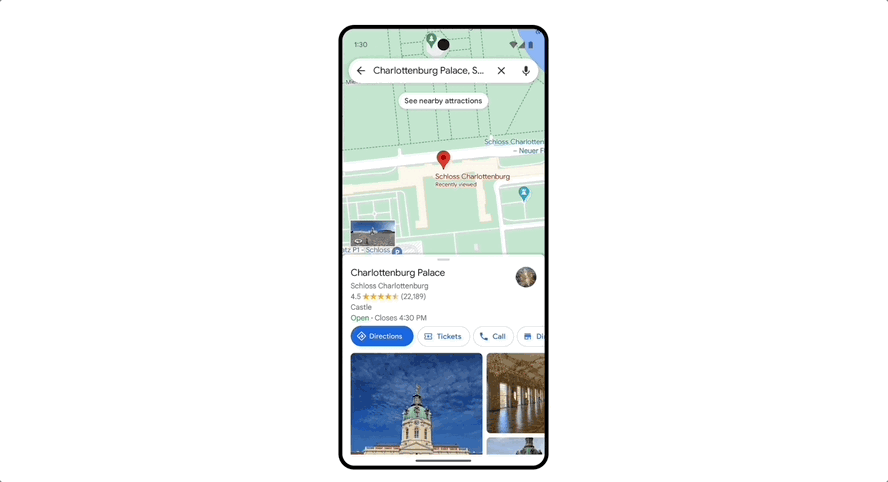
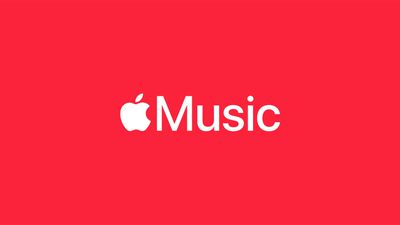

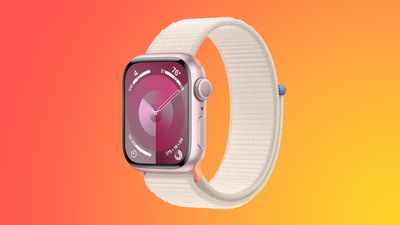
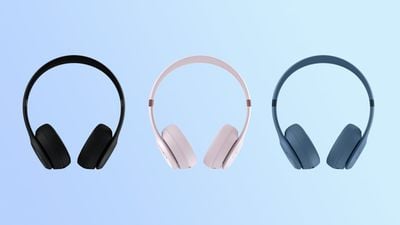
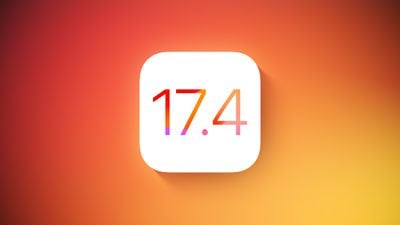
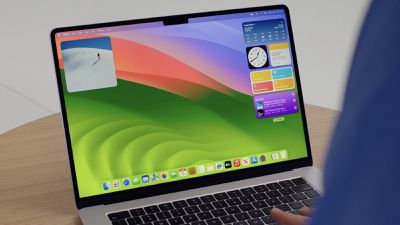
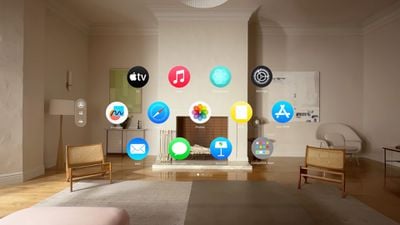
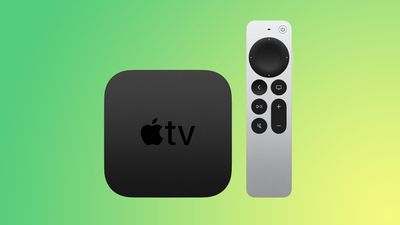
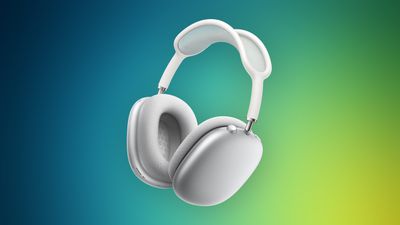
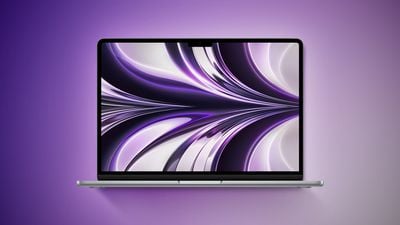 Note: MacRumors is an affiliate partner with Best Buy. When you click a link and make a purchase, we may receive a small payment, which helps us keep the site running.
Note: MacRumors is an affiliate partner with Best Buy. When you click a link and make a purchase, we may receive a small payment, which helps us keep the site running.